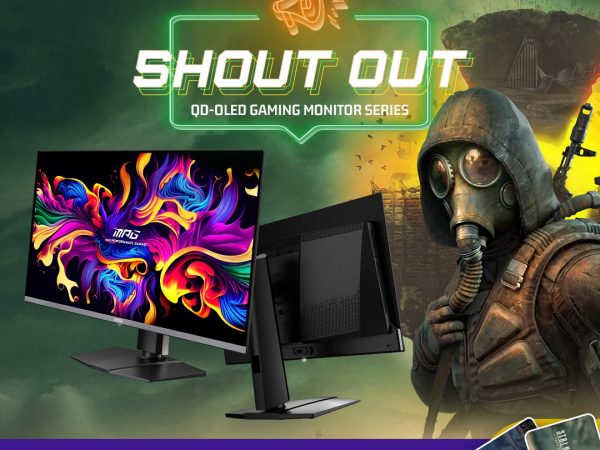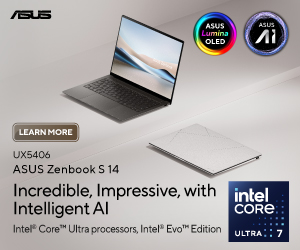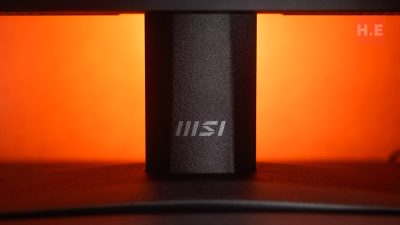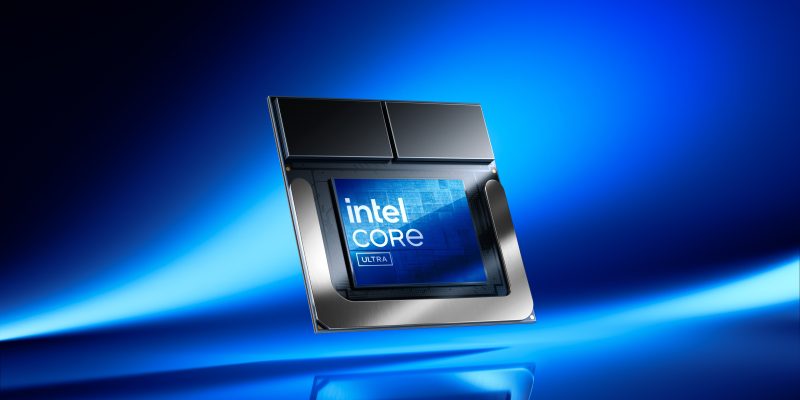
Intel to drop on-package memory, may quit discrete graphics market
TL;DR:
- Upcoming generations of Intel mobile chips will not come with on-package memory like Lunar Lake
- Intel to focus on integrated graphics over discrete graphics
Intel recently disclosed their Q3 2024 earnings, and Pat Gelsinger shared some pretty interesting insight into what’s to come with Intel’s upcoming lineup. It appears that in a bid to simplify their product stack and roadmap, Lunar Lake’s on-package memory will remain a one-off experiment of sorts, and they might do away with discrete graphics for the foreseeable future.
Panther Lake and newer will not feature Lunar Lake’s on-package memory

That’s at a volume product and a volume industry like the PC industry, you don’t want to have volume memory going through that channel. It’s not a good way to run the business. So it really is, for us, a one-off with Lunar Lake. That will not be the case with Panther Lake, Nova Lake and its successors as well. We’ll build it in a more traditional way with memory off package in the CPU, GPU, NPU and I/O capabilities in the package. But volume memory will be off package in the roadmap going forward.
Pat Gelsinger, Intel Q3 2024 Earnings Call
The Intel Core Ultra mobile processors (Series 2) debuted the on-package LPDDR5X-8533 memory, and it appears that it might be too much for Intel to handle in its current state. As such, the upcoming Panther Lake generation and later will not feature on-package memory anymore.
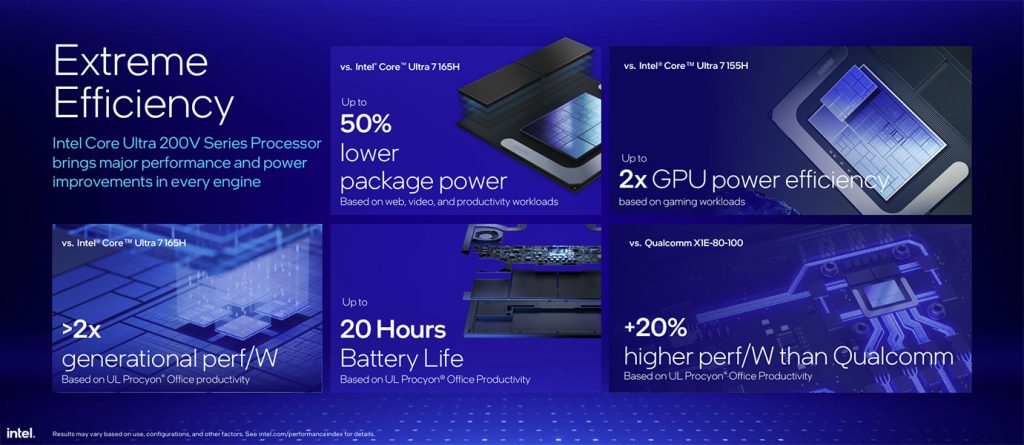
The advantage of on-package memory here is improved performance and incredible efficiency, the latter which separates Lunar Lake from the competition. Intel is boasting of over 200% better efficiency than its last-gen products. Compared to Snapdragon X Elite, Intel is claiming a 20% improvement as well, which is massive for x86.
But of course, the reason why they’re dropping it is for the shortcomings. One major disadvantage for Intel with on-package memory is that they have to stock more variants to satisfy the needs of customers. For every single Lunar Lake chip, they are offering two SKUs: 16GB RAM and 32GB RAM. This unnecessarily complicates the product stack, as all Lunar Lake chips feature the same core count and are now only differentiated by GPU and memory configurations.
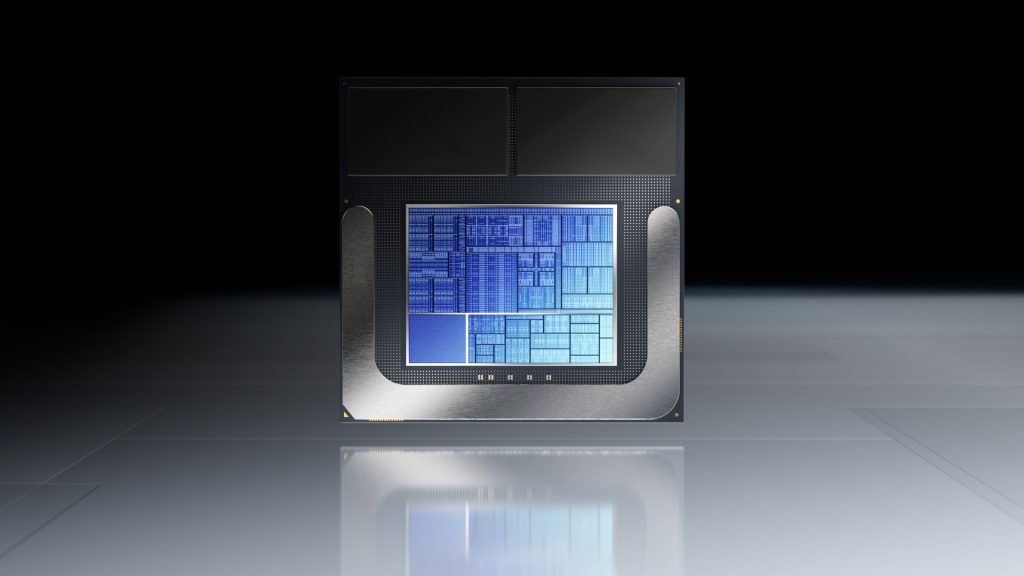
I also presume that adding memory on-package means that they will have a higher chance of defects, as each added process to the product will have a chance that something goes wrong. Lunar Lake is already a sum of glued together parts — Compute Tile and I/O Tile — and adding on-package memory to it may increase the defect rate throughout the packaging process for Lunar Lake. Speaking of which, Intel is planning to make at least 70% of Panther Lake on the Intel 18A process node, versus Lunar Lake which was fully manufactured by TSMC.
Intel discrete graphics to be a thing of the past?
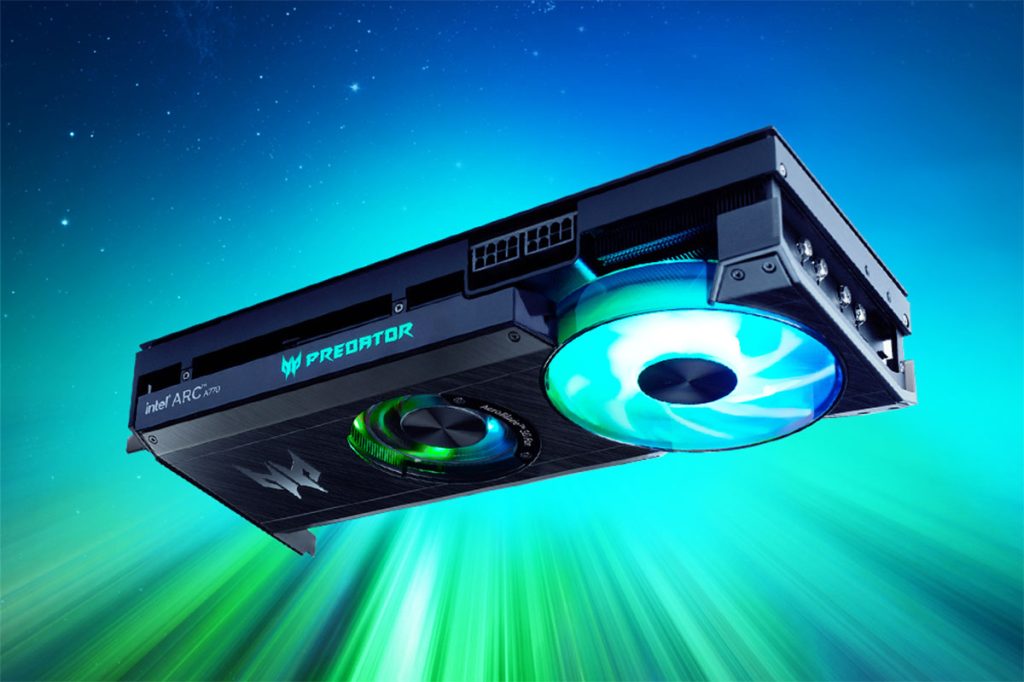
Aside from simplifying their processor product stack, Pat also shared that the there’s less need for discrete graphics in the market going forward. Given the overall direction of the earnings call, it seems like Intel is really on the path to optimize their business to improve their margins. Competing in the discrete graphics segment where they have no foothold in and even AMD is not particularly interested in is clearly not going to look good on their bottom-line.
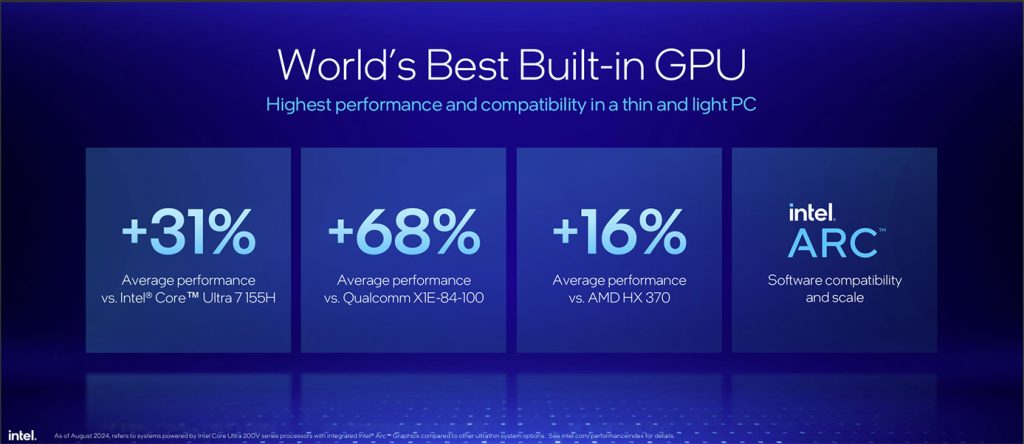
If we were to look at it from a more positive perspective, it might be that Intel is implying that their integrated graphics can match discrete graphics. But I don’t really think that’s what Intel is going for right now. With that said, Lunar Lake’s Arc Graphics is indeed quite capable, and I would say that Intel would be on the right path if they keep up the momentum.





